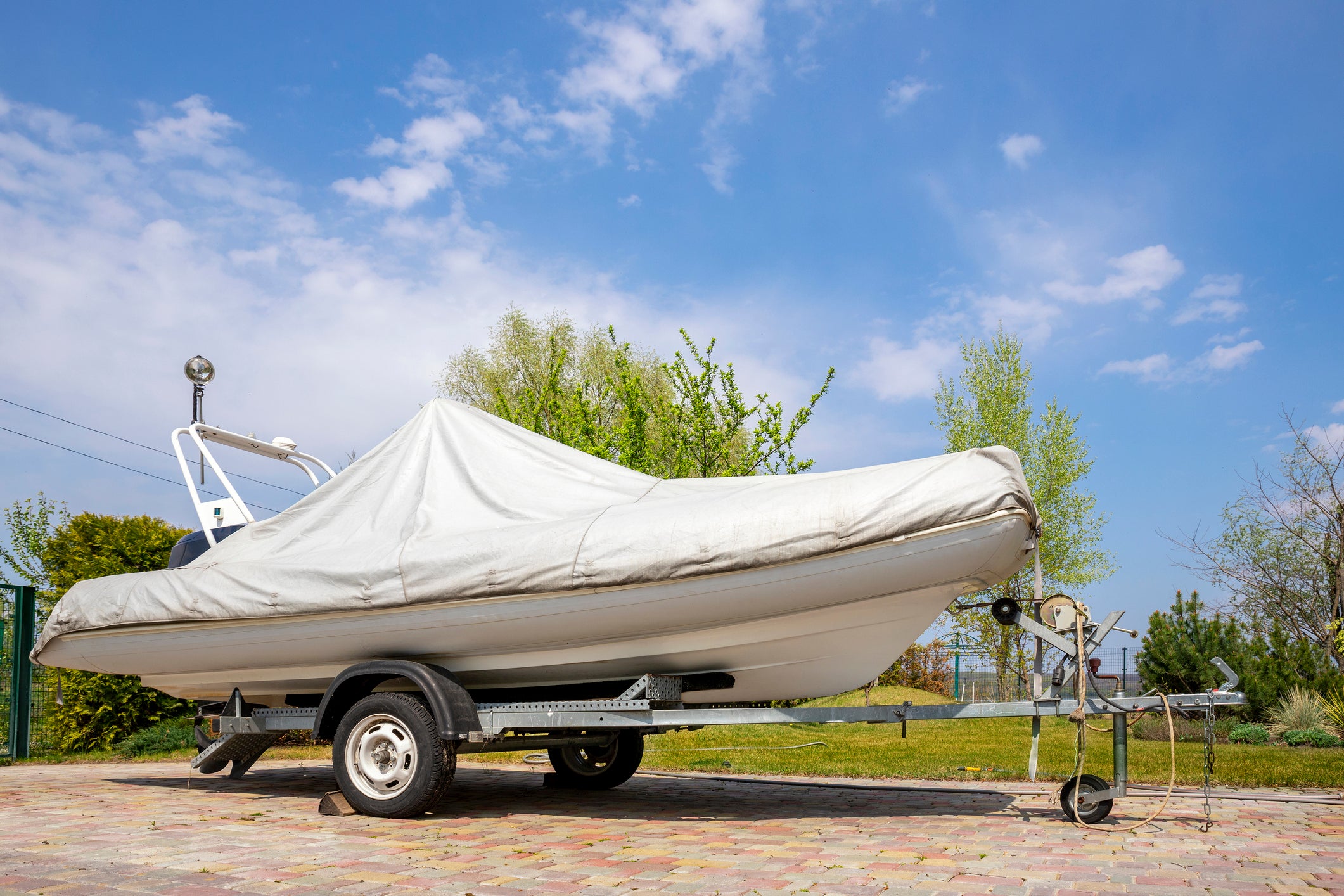What to Do Before Storing your Boat

It’s wonderful to have a boat, but what do you do with it when you’re not using it? You could keep it in the water, but marina fees can be expensive. What’s more, storing your boat in the water leaves it vulnerable to thieves, vandals, and aquatic pests like barnacles and algae. There are many different options for dry storage, but which is the right one for you? Let’s look at some factors to consider and some tips for preparing your boat for storage.
- Indoor or outdoor? Storing your boat outdoors leaves it vulnerable to the elements, so keeping it inside is often a better option. If you have a garage on your property, you can store it there, but it may take up room needed for other things. You could also use a dry stacked storage warehouse, where the boat is stored with multiple other boats, stacked and removed with forklifts. These are sometimes hard to find, though, if you don’t live in coastal areas. Indoor storage at a storage facility is another good option, because storage facilities are secure and often offer climate controlled units. Of course, you could choose storage that’s between indoor and outdoor, storing your boat in covered storage at a self-storage facility. This affords you the security of a storage facility and protects your boat somewhat, but not completely, from the elements.
- What about security? Dry stacked storage is a secure place to leave your boat, and so is a self-storage facility. Storing it in your garage is somewhat secure, depending on the measures you take to protect it.
- Will you want to access your boat? If you store your boat on your own property, you’ll obviously be able to take it out any time you’d like. Self-storage also allows you to access your unit whenever you need to do so, using keypad security. While dry stacked storage is secure and protective, it is not a place that allows for easy access to your boat.
- How much are you willing to spend? The cheapest way to store your boat is to keep it on your own property. However, if that’s not an option, you’ll need to weigh the costs against the benefits of other storage facilities. A marina is very pricey, dry stacked storage less so, and an indoor unit in a self-storage facility is comparable to a dry stacked warehouse. Aside from storing it at home, the most cost-effective solution is to store it either outdoors or under a cover at a self-storage facility, but whether or not that is a good idea depends on how much you’re concerned about exposure to the elements.
Whenever you’re storing your boat, wherever you decide to keep it, there are a few steps to take before putting it away.
- Make sure it’s clean. Cleaning your boat before you store it will keep it from degrading in storage and will reduce the amount of time and energy you need to put into getting it ready when you want to use it. Wash the topsides, bottom, and deck, clean all hardware and trim, and treat blistering so it doesn’t get worse while the boat is stored.
- Flush out the engine. A freshwater flush will clean the lines and remove dirt, salt, and corrosion from the engine. If you have an outboard motor, take care to drain all water from the engine.
- Top off all fluids. It may seem counterintuitive to gas up your boat before you store it but filling the gas tank prevents condensation from building up while the boat is in storage. Change the oil and oil filter.
- Thoroughly inspect your boat. Check and lubricate all the small but important systems on your boat, including metal parts like hinges, latches, and push-pull switches.
- Dry out the boat. Leaving any moisture on your boat can lead to mildew when it’s in storage. Clean any standing water, remove cushions, and prevent mold and mildew by using a moisture absorber while the boat is stored.
- Gather all your gear. Lifejackets, ski ropes, and other water gear can collect dirt and moisture when left on a boat, so find them their own, separate storage place.
If you’re looking for a storage facility to store your boat, choose Pouch Self Storage. We’ve been operating mini-storage facilities since 1979 and we’re committed to keeping our clients’ belongings safe. Founded by John Yelland, who hails from Australia, Pouch Self Storage is named in honor of the kangaroo’s pouch- nature’s safe and secure storage spot. We’re an industry leader in design, building, and maintenance of self-storage facilities, and we strive to give our occupants the most advanced security systems available. At our nine Southern California facilities, you’ll find state-of-the-art computer monitoring systems that allow our self-storage managers to monitor the opening and closing of every storage unit door, 24 hours a day. Currently, we’re abiding by CDC recommendations and implementing social distancing, but you can still reach us by calling (800) 378-4598 or contacting us through our website.
